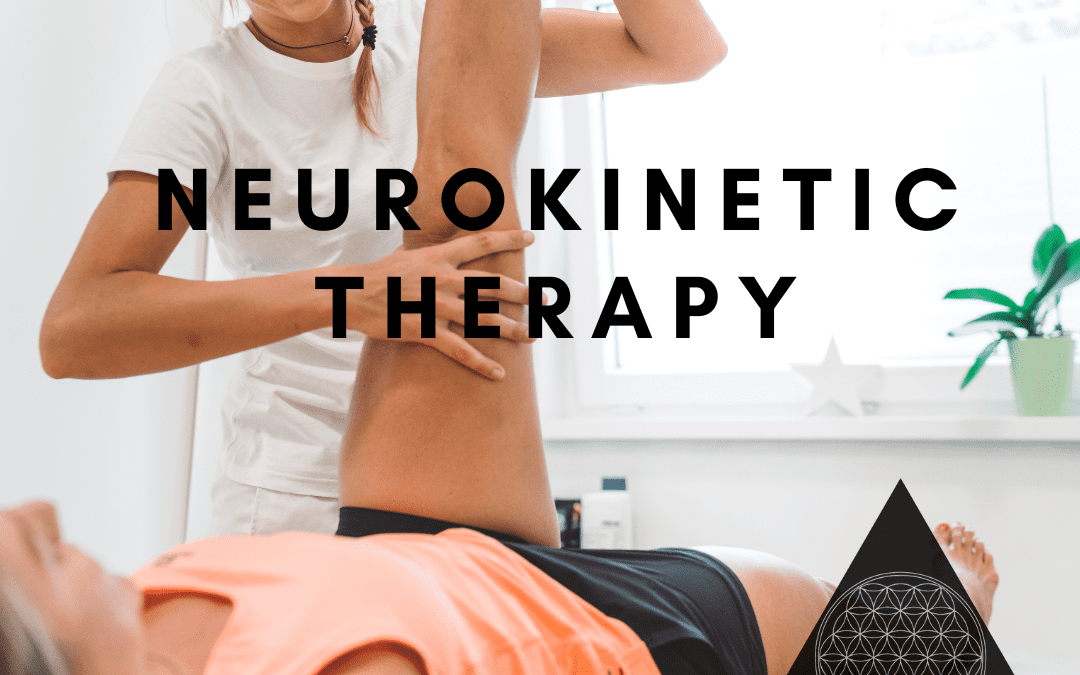The Theory Behind Neurokinetic Therapy
Everything is connected….but how? Neurokinetic Therapy was co-developed by David Weinstock in the mid-1980s. It is an assessment and treatment protocol or technique that can be used to treat a wide variety of disorders. NKT is an approach that looks at the entire system and connects things like a old ankle ligament injury that is driving a shoulder problem on the opposite side now.
“The NeuroKinetic Therapy™ corrective movement system protocol, employing a system of precise muscle tests, has the ability to change the programming of the Motor Control Center (MCC) in the cerebellum. The MCC coordinates all movement patterns in the body.” -David Weinstock
The motor control center (MCC) is a system based on failure. When an Neurokinetic Therapy Practitioner tests the firing strength of a muscle and it fails under very little pressure, this provides an opportunity for re-programming. We use a combination of health history, previous injuries, surgeries, posture and screening tests to help us figure out where to start looking for a related muscle, ligament, scars, tendons, etc.
Injuries and Motor Control
Injuries, even really old one’s, are highly significant to how you’re motor control center determines how you move. After an injury, the MCC adapts by setting up a compensation pattern and will keep this pattern in it’s memory forever, unless it is changed with a reprogramming intervention.
For example, the relationship between the muscles will affect how the body moves, such as with hip extension. A common problem we find is that people develop a reverse firing pattern of the hip which means the hamstring group is firing before the glute max with hip extension (which you do every time you take a step in a day). These people often have a really difficult time even turning on their glute max, let alone using it for activities like walking. Over time it can lead to osteoarthritis of the hip, due to the hamstring driving the head of the femur anteriorly into the acetabulum of the hip joint. With NKT, we can determine specifically what is causing the glute max to fail and use that to reprogram the MCC and get the glute max working again. To complete the re-programming process, it must be repeated so it can be committed to your long term memory and become permanent. We give patients very specific home-care exercises to work on at home. Fortunately, if this pattern is corrected, you may have successfully prevented needing a hip replacement later in life.
Subsystems and Functional Lines
Subsystems and Functional Lines are also a big part of NKT. These are functional groupings of muscles that fire in sequence for specific movements. For example, every time you take a step you should fire your glute max, compress your sacroiliac joint, tense your thoracolumbar fascia and fire your opposite latissimus dorsi. This is called your Posterior Oblique Subsystem or POSS.
For many reasons, this can go wrong and you end up with lower back pain. There are many subsystems that are related to all different kinds of movement patterns in the body. This is where an accurate health history and the other “tricks we have up our sleeves” help us to figure out where to start.
Ligaments
Ligaments are more highly innervated than muscles and provide your nervous system with a lot of it’s proprioceptive feedback. Proprioception is your sense of where you are in space. Ligament pain is often more intense than muscle pain, and can feel like a deep aching tooth pain, that radiates and is hard to pin point. NKT assessment allows your practitioner to determine if your symptoms are ligament related and whether the ligament is under too much or too little load. Ligament treatment protocols are always connected to a motor control issue, for example, difficulty activating the glute max on one side (motor control), along with a sacral torsion that keeps coming back (ligament instability), causing sciatica when the piriformis fires excessively and becomes very tight (compensation). You can stretch and release that piriformis all day, and it’s not going to fix anything, in fact it might make it worse. The ligament issue is driving the dysfunction and has to be treated first. This is just one example of how ligaments can be involved.
Scars
Scars are one of the highest priority things to investigate because they are literally a tear in your myofascial network. Your fascia houses all of your sensory nerves and is literally the highway that information travels on for sensations like pain, tension, motor control, etc. Its like building a highway and then throwing in an unexpected speed bump. Scar tissue release can be exactly what your nervous system needs in order to restore proper motor control

